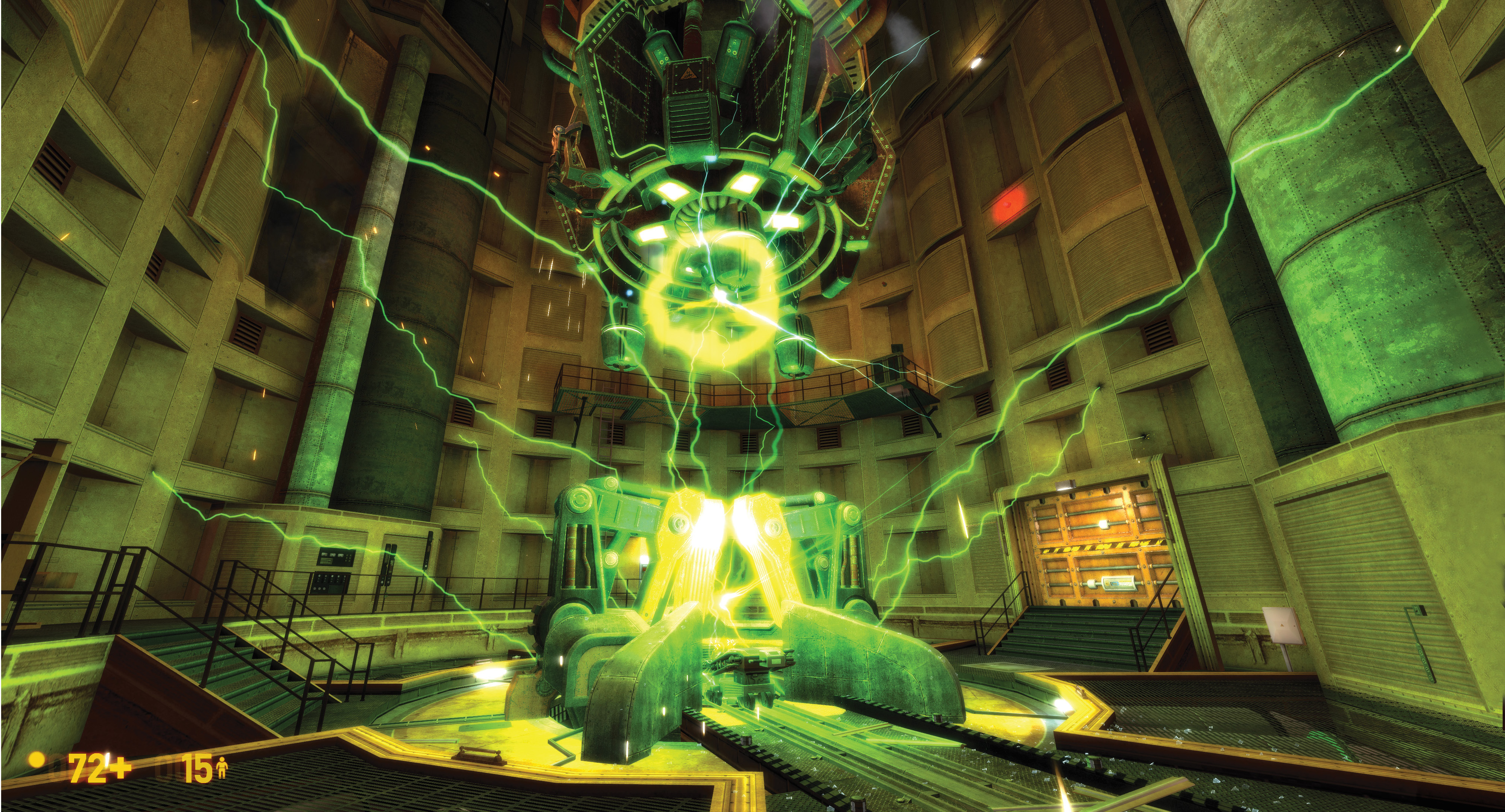
Instead, it feels like what an official remake of Half-Life might have looked like if Valve hadn't let the license lie fallow for so long after Half-Life 2: Episode Two. A skeptic might assume the worst of a fan project of this longevity-that it's a messy, over-scoped, amateur production. Built with obvious attention to detail, it's polished, engaging, and surprisingly beautiful.

For all the time it took to make, Black Mesa is a striking creation. It only took 14 years.įor all the time it took to make, Black Mesa is a striking creation. Five years after the game was released, with Valve's permission, as an Early Access title on Steam, and just a few weeks before the release of Half-Life: Alyx, Valve's attempt at bringing some shine back to the franchise's name ( in virtual reality!), the full 1.0 build of Black Mesa is complete. In 2006, the group, which started as a 13-person team that eventually became known as the the Crowbar Collective, got down to work rebuilding one of the most beloved games in the history of the medium. The Black Mesa project began around 2005 as a collaboration between a couple of modding groups with the same idea. Not a simple port, like Valve had done with its poorly received Half-Life: Source, but a remake, one that leveraged the strengths of the Source engine to make that original game new again.

Another of those projects was Black Mesa, an attempt to rebuild the original Half-Life in its entirety for the Source engine. The Half-Life 2 fan community rapidly became a hub for a vast, robust scene of modders, folks who produced incredible games like Dear Esther and The Stanley Parable-both of which would eventually get ported to different game engines and released as stand-alone titles, and both of which had a huge impact on the future of gaming.

It was that last one-the modabilty of the Source engine-that players truly embraced.


 0 kommentar(er)
0 kommentar(er)
